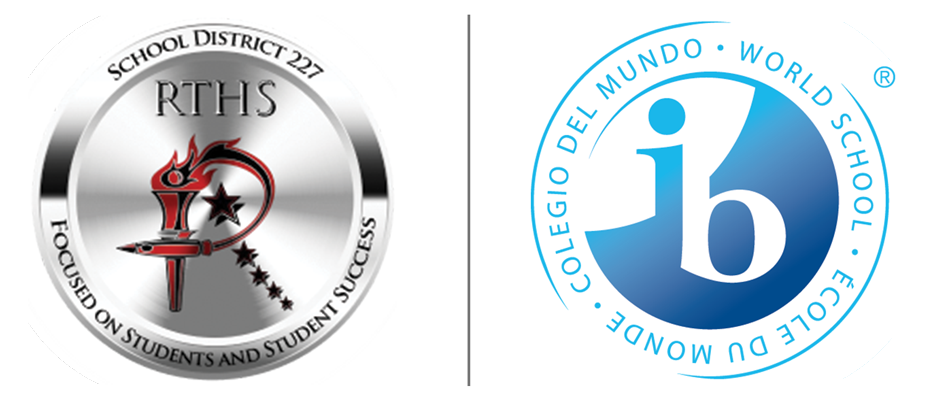Role of the School Board
VISION
Approve a strategic planning process to include stakeholders in creating the vision for student achievement.
Adopt the vision.
Adopts board goals that support the vision.
Communicates the vision.
Keeps vision at the forefront of all decision making.
Accepts policies needed to achieve the vision.
Allocate resources based on the vision.
Monitor progress toward vision periodically on a five-week basis.
STANDARDS
Approve standards for student learning.
Ensure that curriculum and instruction are aligned with student achievement standards.
Adopts and revises policies to support standards.
Participates in periodic work sessions to review student standards and the district's initiatives to help all students achieve.
Ensures clear, jargon-free communications about standards that increase the awareness and understanding of parents, students and staff.
Encourage community support for standards.
Provides resources needed to increase the number of students meeting standards.
Ensures that instructional programs are evaluated for effectiveness in helping students meet standards.
ASSESSMENT
Participates in training to increase understanding of assessment.
Concepts,
National and state assessments,
Relationship of assessment to standards.
Approves and periodically reviews/revise an assessment system for all students.
Assures staff development on assessment measures.
Assures effective user-friendly communications on assessment measures and progress.
Provides funding to support assessment system.
Approves and monitors policies to assure a strong assessment system.
ACCOUNTABILITY
Establishes an accountability process with measurable criteria and assures an annual review.
Participates in work sessions to understand accountability measures, including data analysis and how the board, administration and staff should use this information.
Ensures that the superintendent's evaluation includes accountability measures.
Recognizes and rewards teachers who consistently produce greater than average student improvement gains.
Supports the superintendent's recommendation for when dismissal is warranted.
Ensures effectively and timely communications on the accountability system and progress.
Ensures funding to implement accountability measures.
Evaluates itself on board goals related to student achievement.
Uses student achievement results to drive decision-making.
Assures compliance with state accountability measures.
Ensures that parents receive annual personalized data on their children's achievement.
ALIGNMENT
Participates in training to better understand how alignment of the following resources is related to student success in meeting standards.
Staffing and personnel evaluation.
Facilities.
Funding.
Curriculum and Instruction.
Assessment.
Technology.
Assures curriculum alignment supports district priorities.
Recognizes the authority of the superintendent to implement a district wide organizational structure that empowers staff to meet the needs of all students.
Approves and monitors policies to assure that students are encouraged to challenge themselves by taking higher level courses.
Considers student instructional, social and emotional needs when planning for improved student achievement.
Assures staff development that will advance student achievement priorities of the district.
Approves the selection of textbooks and instructional priorities.
Assures that technology is integrated into the curriculum to enhance student achievement.
Approves budget needs based on student achievement priorities.
Monitors progress of the district's instructional practices and programs as related to student achievement goals.
Ensures that the public understands the relationship between standards and curriculum.
CLIMATE and CULTURE
Fosters a culture that supports the belief that all children can learn at higher levels in these ways:
Employing and supporting a superintendent who shares this philosophy.
Developing and revising policies to reflect this philosophy.
Approves and monitors programs designed to meet special instructional needs of students who are not meeting achievement goals or standards.
Provides adequate resources to meet student achievement goals through the budgeting process and monitors budget regularly.
Recognizes and rewards staff and students for high academic achievement and high levels of improvement.
Conducts all board meetings with student achievement as a clear focus.
Models respect, professional behavior and a commitment to continuous learning
With fellow board members,
With superintendent and staff,
With parents and students, and
with community.
Serve as advocates for higher student achievement in the community and also at the state and federal levels.
Provides orientation for board candidates and for new board members on expectations for student achievement.
Assures periodic assessment of school climate throughout the district.
attendance data,
discipline data,
surveys of students, staff, parents ,
enrollment in higher level classes,
student enrollment trends.
Assures a safe and orderly learning environment in all schools.
Builds public support for higher student achievement and increases public trust of the district through formal and informal communication and through openness.
COLLOBORATIVE RELATIONSHIPS/COMMUNITY ENGAGEMENT
Fosters collaborative relationships as a board philosophy
Strategic planning,
Community vision,
Instructional improvements.
Approves and periodically reviews a district plan to build collaborative relationships with key stakeholders at all levels based on gaining support for student achievement as the district's top priority.
Models collaboration and trust.
Advocates district positions on educational issues with legislators and other state and local political leaders and keeps abreast of other state and national issues.
Advocates student achievement as a community priority.
Assures a climate of open communications at board meetings and throughout the district.
Provides funding and resources for collaborative efforts.
CONTINUOUS ACADEMIC IMPROVEMENT
Follows a regular process to review student achievement data to ensure continuous academic improvement.
Takes part in training on principles of continuous academic improvement including use of data and customer focus.
Participates in work sessions to better understand needed changes in curriculum and instruction based on related data.
Provides funding for continuous improvement.
Adopts board policies that support continuous academic improvement.
Supports publicly and communicates the value of continuous academic improvement to the community
